Spaceflight companies in the north of Scotland have rallied around the industry after the UK’s first attempt to launch a rocket into orbit ended in failure.
Virgin Orbit’s specially-adapted Boeing 747-400 named Cosmic Girl took off from Newquay Airport in Cornwall on Monday night to the thumping soundtrack of the Rolling Stones’ hit Start Me Up before heading out into the Atlantic just south of Ireland and firing its satellite-carrying rocket into space.
Mystery surrounds exactly what happened, but after engine ignition firing the rocket at hypersonic speed into space, the second-stage ignition had what Virgin Orbit is coyly referring to as “an anomaly” – albeit one by this stage at more than 11,000 mph and probably causing the parts to burn up on re-entry to the atmosphere.
The failure prompted Forres-based satellite launch company Orbex to insist “space is never easy”.
Orbex, which is aiming to launch a rocket from a spaceport being built in Sutherland this year, declined to crow at Virgin Orbit’s difficulties.
Orbex CEO Chris Larmour said: “Space is never easy, so we were sorry to learn Virgin Orbit’s first horizontal orbital space launch from the UK did not go as planned.
‘Everyone is disappointed’ over Cornwall rocket launch failure
“We know how much time, effort and energy must have been invested to deliver that launch attempt and we wish them well for their next mission.
“The Orbex team is fully focused on introducing the UK to vertical orbital launches with the debut of our UK-built environmentally-friendly rocket, Prime. We will be launching from our own pad at Sutherland Spaceport in Scotland in the near future.”
The Forres-based firm last year unveiled plans to recruit an additional 50 staff members with the majority in its Moray headquarters.
Unst-based SaxaVord Spaceport, which is also vying to host the UK’s first vertical rocket launch to deliver small satellites into orbit, also expressed its sympathy for the Virgin Orbit incident insisting “everybody is disappointed”.
Deputy CEO Scott Hammond told the Press and Journal: “In the cold light of day it was a huge success for the UK.
“OK, the satellite didn’t get into orbit, but this was the first time in the UK doing it. Now it is a question of when not if. Failures are going to happen – you learn more from a failure than success in a bizarre way.
“We really like the people down in Cornwall and were rooting for them. I reckon if you had a list of things you wanted to achieve out of the launch, they achieved 90% of it.”
Mr Hammond noted SaxaVord Spaceport had completed an orbital launch pad at the end of last year and undertaken “all the execution” on a second, as well as starting work on integration hangers.
New race to be the first in space?
There is no firm date yet but Mr Hammond insists the company “is aiming to launch this year,” adding: “We have got three separate companies wanting to launch this year.”
The Spaceport deputy CEO added he thought there “is bound to be a shake-up at some point in the industry – winners and losers” but that SaxaVord felt “very robust” with its five to seven clients.
A snapshot of those involved in the abortive Virgin Orbit launch reveals just how complex it is to send even relatively small satellites into space.
Last night’s mission brought together a raft of umbrella organisations including the UK Space Agency, Royal Air Force, Civil Aviation Authority, US Federal Aviation Administration, the National Reconnaissance Office and more.
UK Space Agency director of commercial spaceflight Matt Archer added: “Last night Virgin Orbit attempted the first orbital launch from Spaceport Cornwall. We have shown the UK is capable of launching into orbit, but the launch was not successful in reaching the required orbit.
“While this result is disappointing, launching a spacecraft always carries significant risks. Despite this the project has succeeded in creating a horizontal launch capability at Spaceport Cornwall and we remain committed to becoming the leading provider of commercial small satellite launch in Europe by 2030, with vertical launches planned from Scotland.”
Aberdeen risk management specialist Marex also played its part in last night’s launch, carrying out hazard identification work at Spaceport Cornwall.
Working with Wales-based B2SPACE – contracted to Cornwall Council which owns both Cornwall Airport Newquay and Spaceport Cornwall – Marex completed an on-site hazard identification (HAZID) review for the spaceport to gain its safety case approval.
Vertical versus horizontal launch
The Sutherland spaceport, which is being developed on the A’Mhoine peninsula, is one of two in Scotland aiming to host the first vertical launch into space this year using rockets designed by Orbex.
SaxaVord Spaceport in Shetland which is backed by US aerospace giant Lockheed Martin is also planning launches this year.
The site in Cornwall however was to be the first space launch in Europe, albeit via the “horizontal” launch.
This deployment uses aircraft familiar to airline passengers that take off horizontally. These require less fuel to reach high altitudes, but once it reaches its height limit it fires a rocket it has carried to take the satellites into space and into orbit.
Vertical launch is the more traditional method of spaceflight. These require specially adapted launch sites in remote areas which favours development from the north of Scotland.
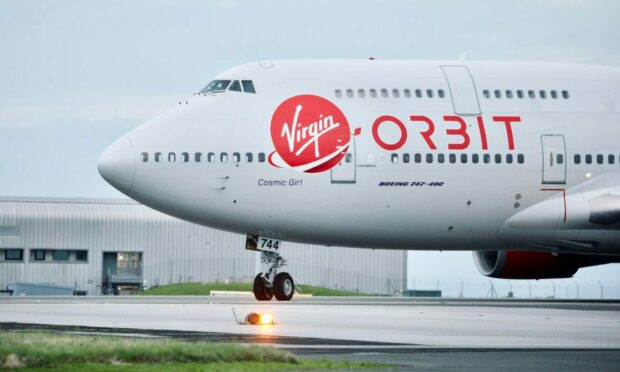
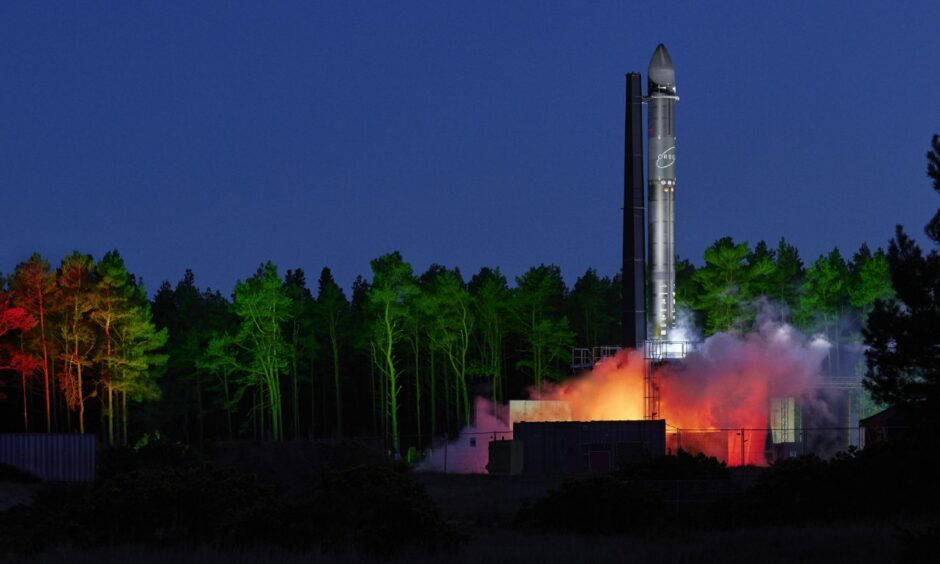
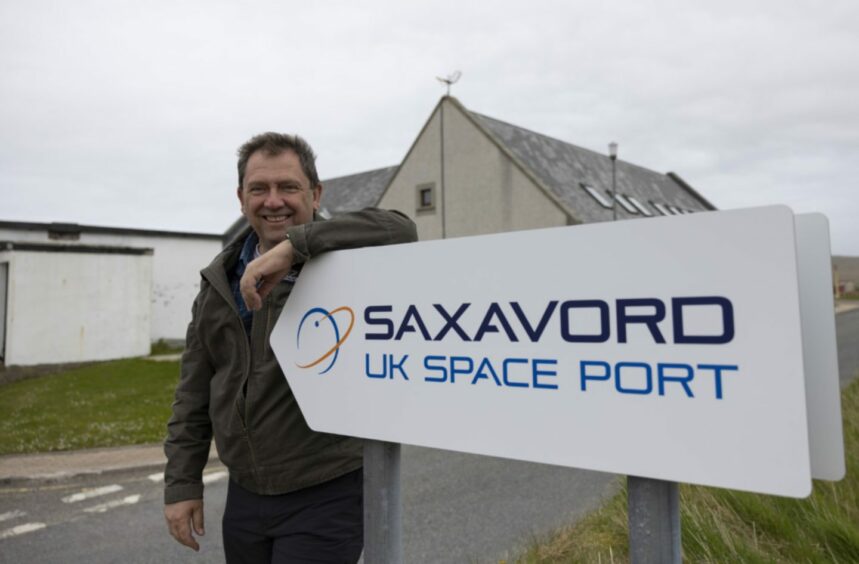
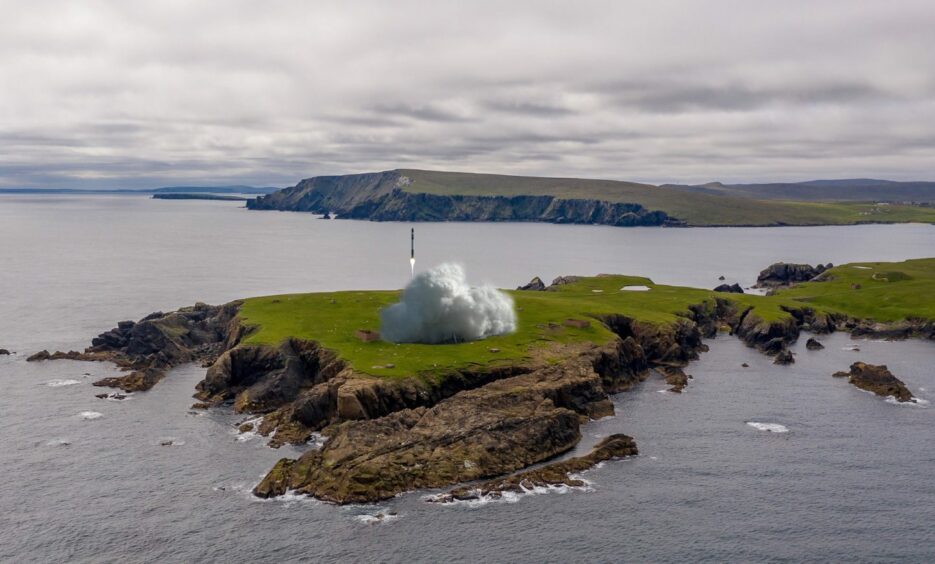
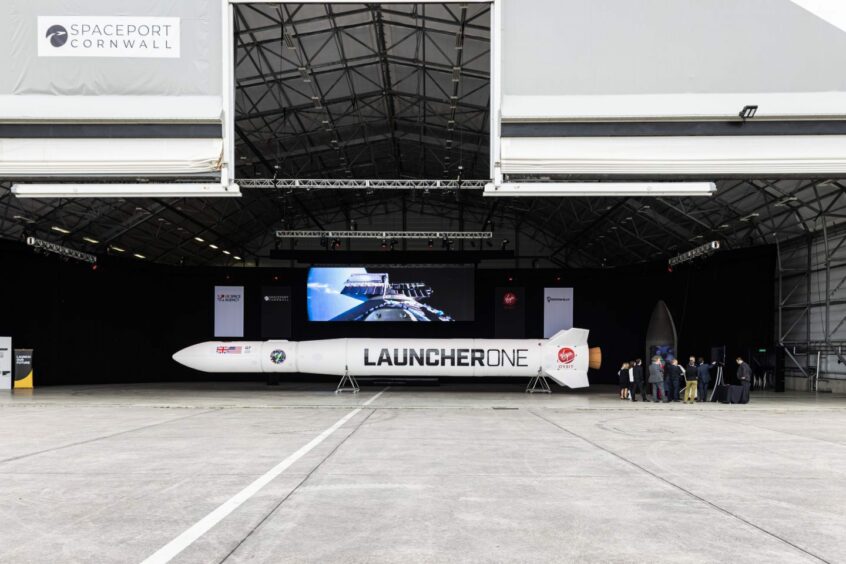


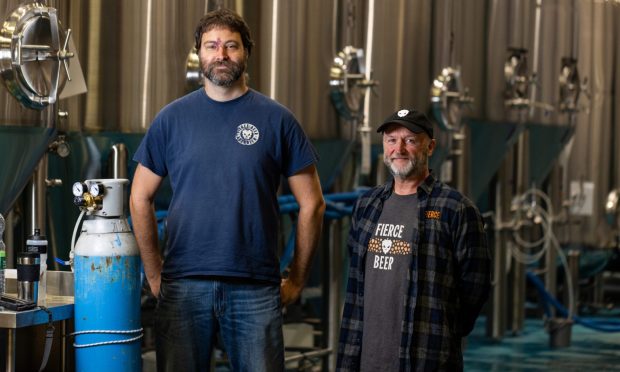



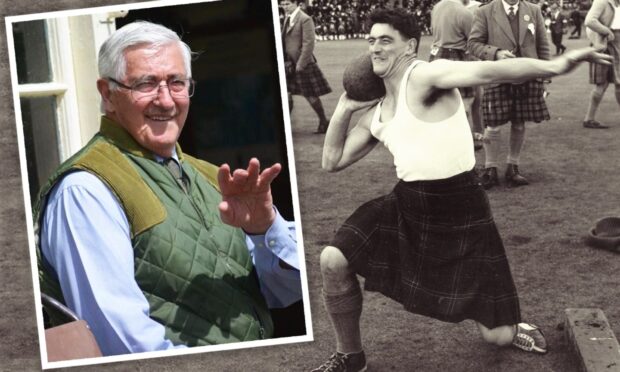
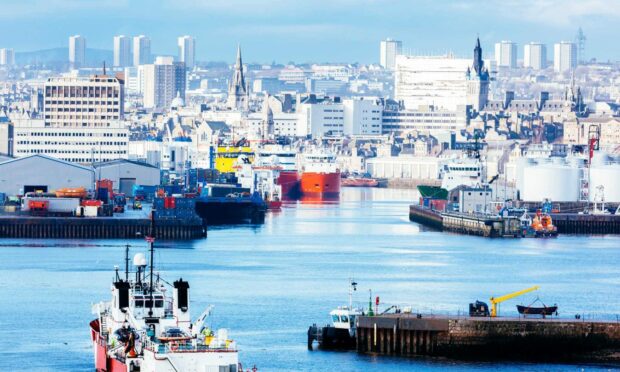
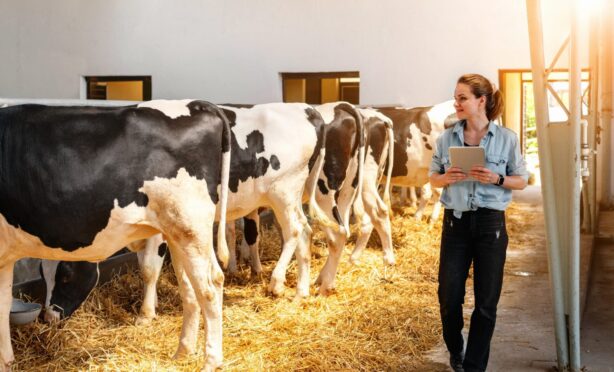

Conversation